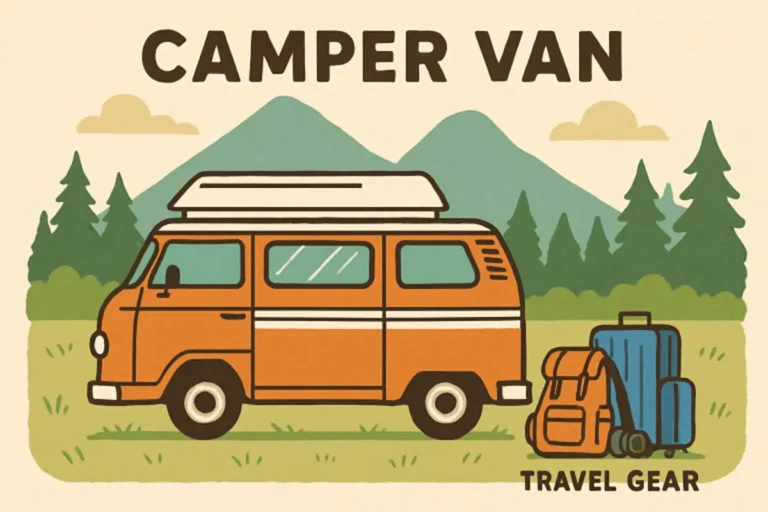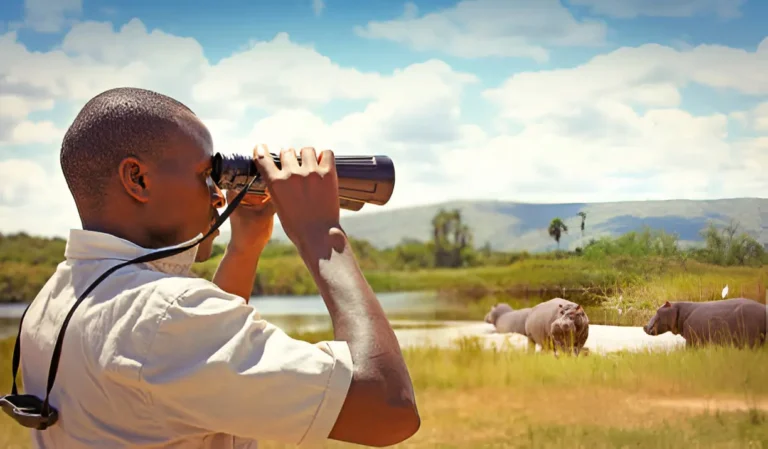How Do You “Organize” Your Trip Ideas?
Planning your next adventure can feel overwhelming when you’ve got a dozen destinations swirling around in your head. You know that feeling – scrolling through Instagram, bookmarking articles, and mentally noting every “must-visit” place your friends mention.
With travel booming and a 15% increase in international tourists in 2024 compared to 2023, more people than ever are dealing with this delightful dilemma.
The challenge isn’t finding places to visit; it’s figuring out how to organize trip ideas in a way that actually helps you plan realistic, enjoyable trips instead of just creating an endless wishlist that never gets used.
Getting Started: Capture Everything First
Before you can organize anything, you need to collect all those scattered thoughts and inspirations. Don’t worry about being selective yet – this is your brainstorming phase.
Create a Central Collection Hub
Start with one main location where everything goes. This could be a simple notes app on your phone, a Pinterest board, or even a physical notebook. The key is consistency – always add new ideas to the same place.
When you’re researching destinations, having reliable connectivity becomes crucial, which is why many travelers now rely on esim unlimited data solutions to stay connected while gathering inspiration from anywhere in the world. This ensures you never miss a spontaneous idea or travel tip, no matter where you are.
With everything organized in one place, turning inspiration into real plans becomes a much smoother process.
Use the “Three-Bucket” Method
Sort your initial ideas into three categories: dream destinations (those bucket-list places), realistic near-term trips (within the next 1-2 years), and weekend getaways. This simple sorting helps you see what’s actually actionable versus what’s just nice to think about.
Set Up Idea Triggers
Create regular reminders to capture new ideas. Maybe it’s a weekly scroll through travel content, or jotting down places mentioned in conversations. The goal is making idea collection a habit rather than a random occurrence.
Building Your Trip Idea Organization System
Once you’ve gathered your initial ideas, it’s time to create a system that actually works for your planning style and travel goals.
Choose Your Organization Method
Some people think better with visual boards, while others prefer lists and spreadsheets. There’s no single right way to organize travel plans – the best system is the one you’ll actually use consistently.
For visual thinkers, try creating separate boards for different types of trips (adventure, relaxation, cultural exploration). If you’re more detail-oriented, consider a spreadsheet with columns for destination, estimated cost, best time to visit, and priority level.
Add Essential Details
Each trip idea should include basic information that helps with future planning. Note the approximate cost range, ideal season for visiting, and whether it’s better suited for solo travel, couples, or groups. This information becomes invaluable when you’re ready to make actual bookings.
Create Priority Rankings
Not all trip ideas are created equal. Rank your destinations based on factors like cost, accessibility, time requirements, and personal interest level. This ranking system helps you focus on the most realistic options when planning time arrives.
Smart Travel Planning Tips for Better Organization
Effective organization goes beyond just collecting ideas – it’s about creating a system that helps you make better travel decisions and reduces planning stress.
Use the “Cluster” Approach
Group nearby destinations together to identify potential multi-stop trips. If you’re interested in both Prague and Vienna, for example, you might combine them into one European adventure rather than two separate trips.
Factor in Seasonal Considerations
Create a calendar view of your ideas based on optimal visiting times. Some destinations are best in specific seasons, and organizing this way helps you plan more strategically. You might discover that three of your top destinations are all perfect for spring visits, helping you prioritize which one to tackle first.
Consider Your Travel Style Evolution
Your travel preferences change over time. What appealed to you five years ago might not align with your current interests or life situation. Regularly review and update your organized ideas to reflect your evolving preferences.
Mastering Travel Itinerary Management
Having organized ideas is just the beginning – the real challenge is turning those ideas into actual travel plans that work in the real world.
Create Realistic Timelines
Travel itinerary management becomes much easier when you’re honest about your available time and budget. Instead of cramming everything into one trip, spread your ideas across multiple future adventures.
Build in Flexibility
The best-organized trip ideas leave room for spontaneity. Plan your main highlights but don’t over-schedule every moment. Some of the best travel experiences happen when you’re not rushing from one planned activity to the next.
Consider Practical Constraints
Factor in your actual vacation time, budget limitations, and travel companions’ preferences. A perfectly organized list of ideas means nothing if you can’t realistically execute any of them.
Turning Ideas into Action
The ultimate goal of trip idea organization is actually taking trips, not just planning them endlessly.
Set Regular Review Dates
Schedule monthly or quarterly reviews of your organized ideas. This keeps them fresh in your mind and helps you identify opportunities for upcoming trips.
Create Decision-Making Criteria
Establish clear criteria for choosing which trip to book next. This might include factors like current budget, available time off, travel companions’ schedules, or seasonal considerations.
Start Small and Build Momentum
Begin with shorter, less complex trips to build confidence in your organization system. Success with weekend getaways makes it easier to tackle more ambitious adventures later.
Making Your System Work Long-Term
The best organization system is one that evolves with your changing needs and continues to serve you over time.
Regular Maintenance
Set aside time monthly to update your organized ideas, remove outdated options, and add new inspirations. This prevents your system from becoming cluttered and outdated.
Learn from Each Trip
After each adventure, note what went well and what you’d do differently. This feedback helps refine your how to organize travel plans approach for future trips.
Share and Collaborate
If you travel with others, involve them in your organization system. Shared planning makes trips more enjoyable and ensures everyone’s interests are considered.
FAQs
- How do I stop my travel ideas from becoming an unmanageable wishlist?
Start by creating a central hub where all ideas are stored consistently—like a notes app, Pinterest board, or spreadsheet. Then use categories (e.g., dream trips, weekend getaways, near-term plans) to sort and reduce clutter. Review and update the list monthly to keep it focused and relevant.
- What’s the most effective way to prioritize which trip to take next?
Use practical filters like budget, available vacation days, ideal travel season, and personal energy level. Rank each destination using these criteria, and choose the trip that best aligns with your current situation and resources.
- How can I keep my travel planning system useful long-term?
Set regular review dates (monthly or quarterly) to clean up outdated ideas and add new ones. After each trip, reflect on what worked well and adjust your system accordingly. Keeping it aligned with your evolving lifestyle makes it easier to use over time.
Wrapping Up
Getting your trip ideas organized doesn’t have to be complicated or time-consuming. The key is starting with a simple system that matches your natural planning style and gradually refining it based on what works best for you. Whether you’re a visual planner who loves mood boards or a detail-oriented list-maker, the most important thing is creating a system you’ll actually use.
Remember, the goal isn’t to create the perfect organization system – it’s to turn those scattered travel dreams into real adventures you’ll actually experience.
Also Read-A Comprehensive Guide to Post-Flood Actions: Restoring Your Home and Moving Forward






